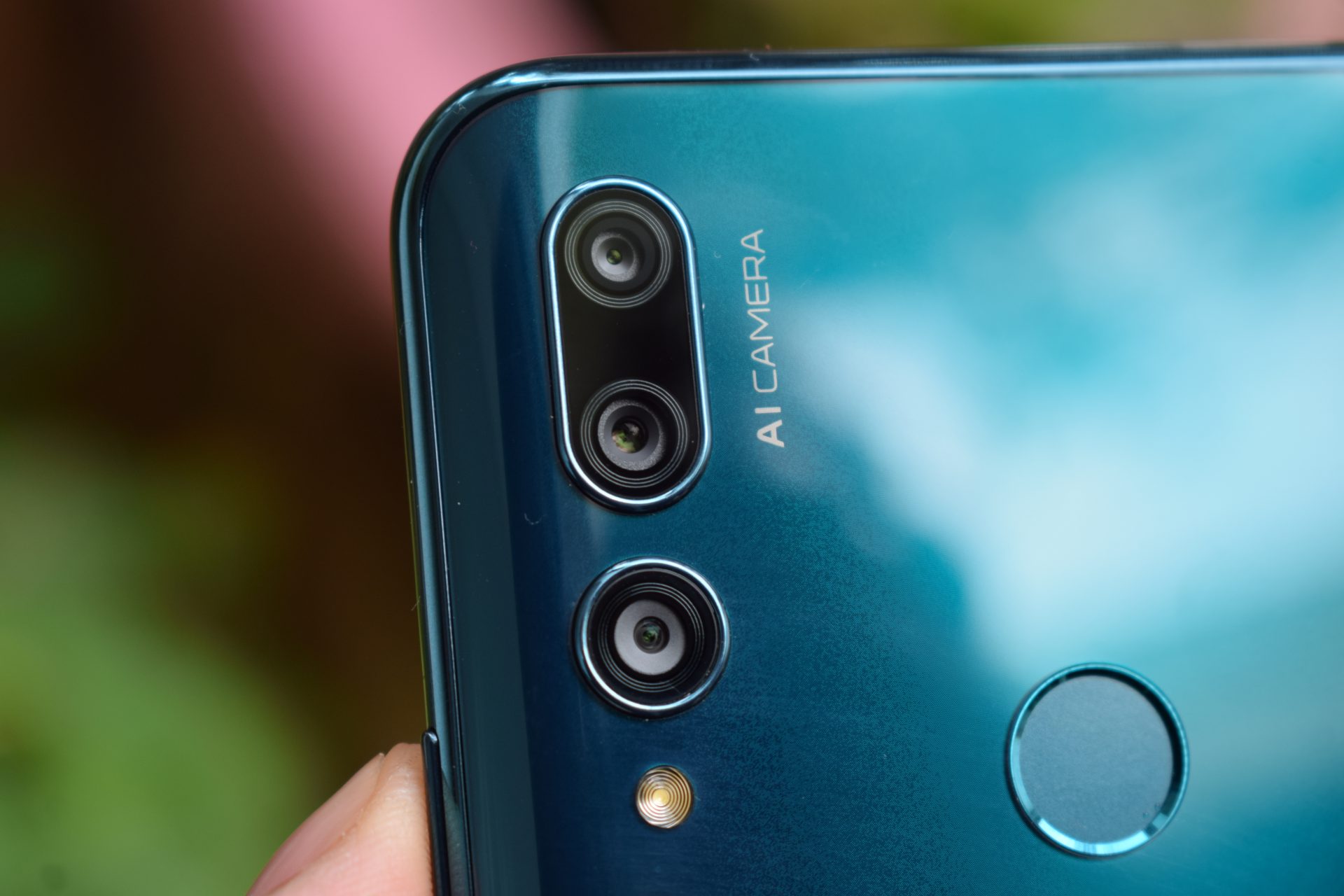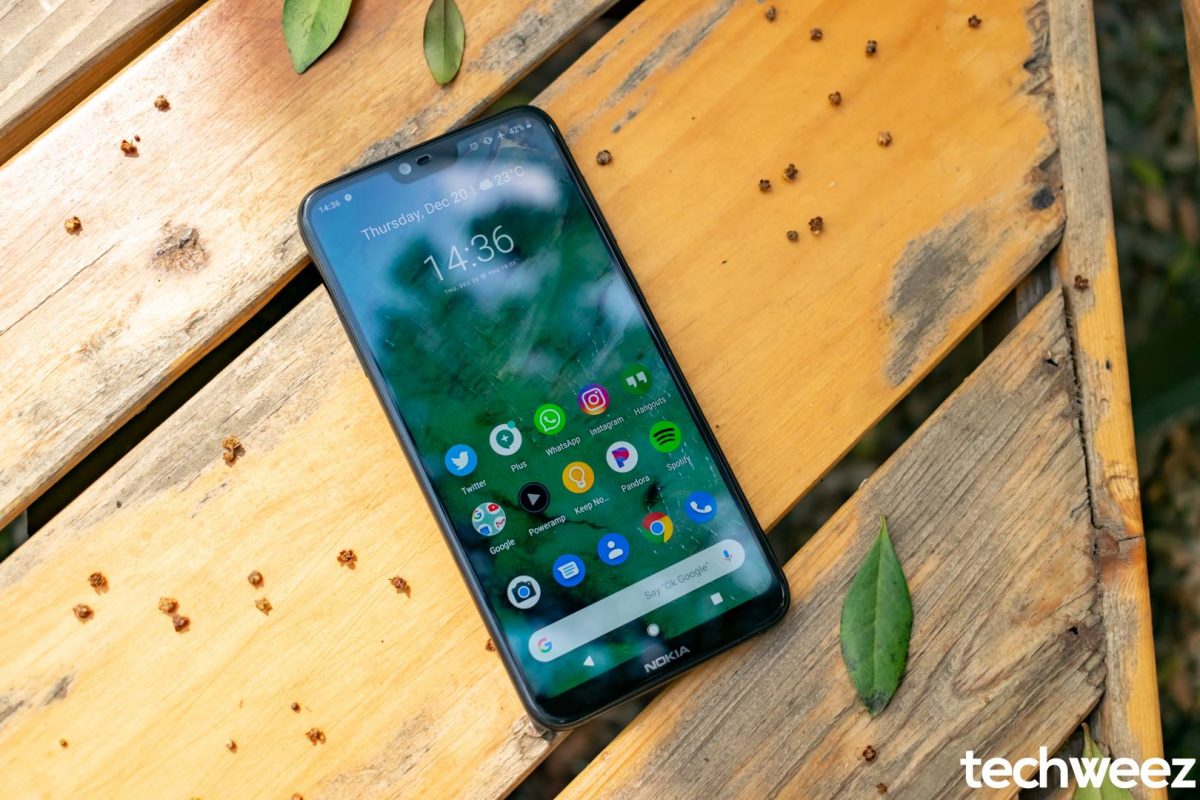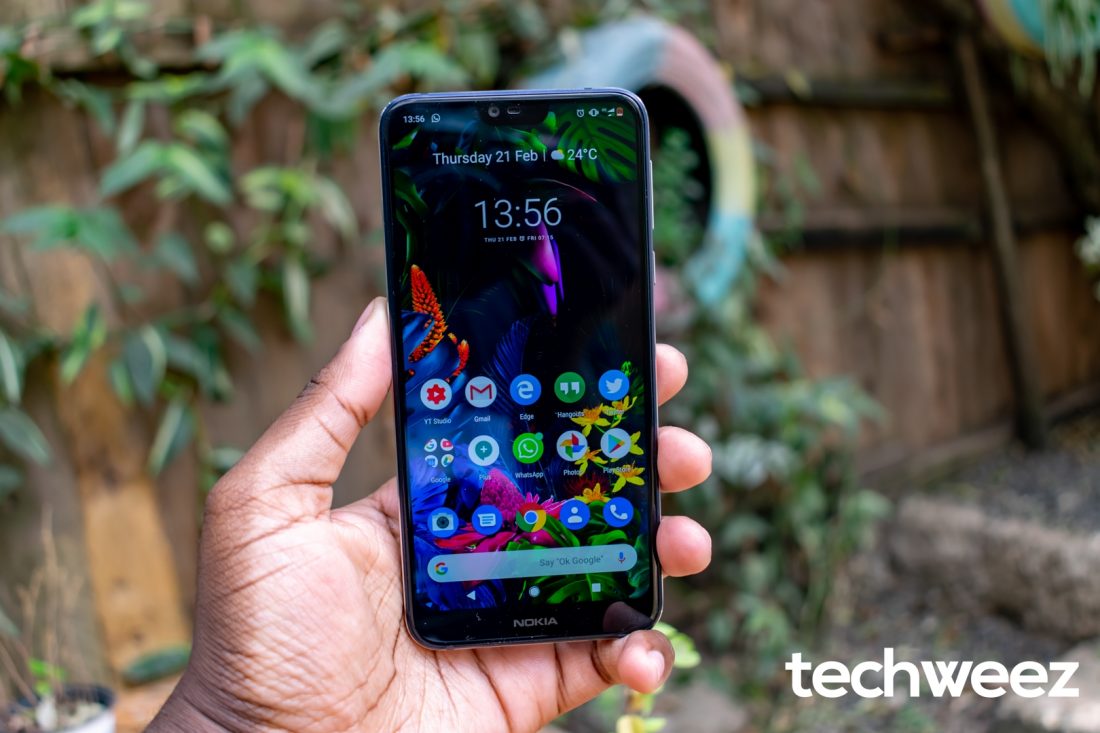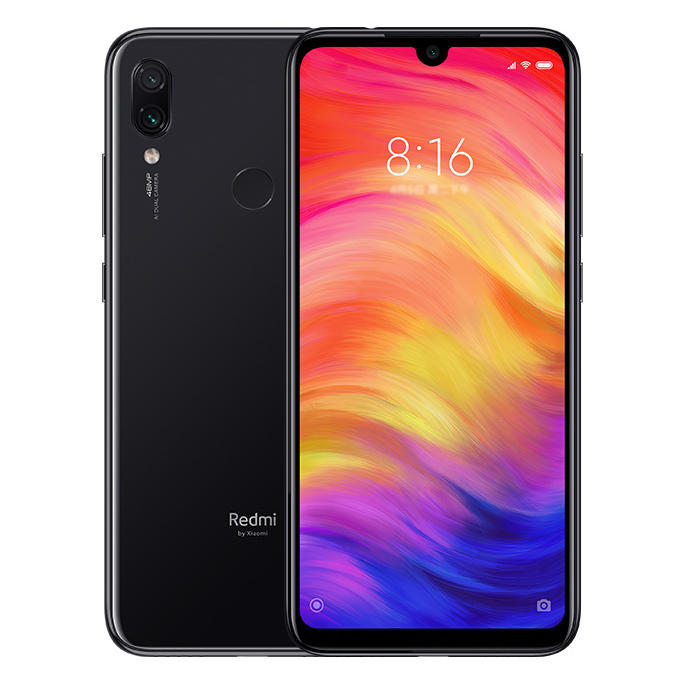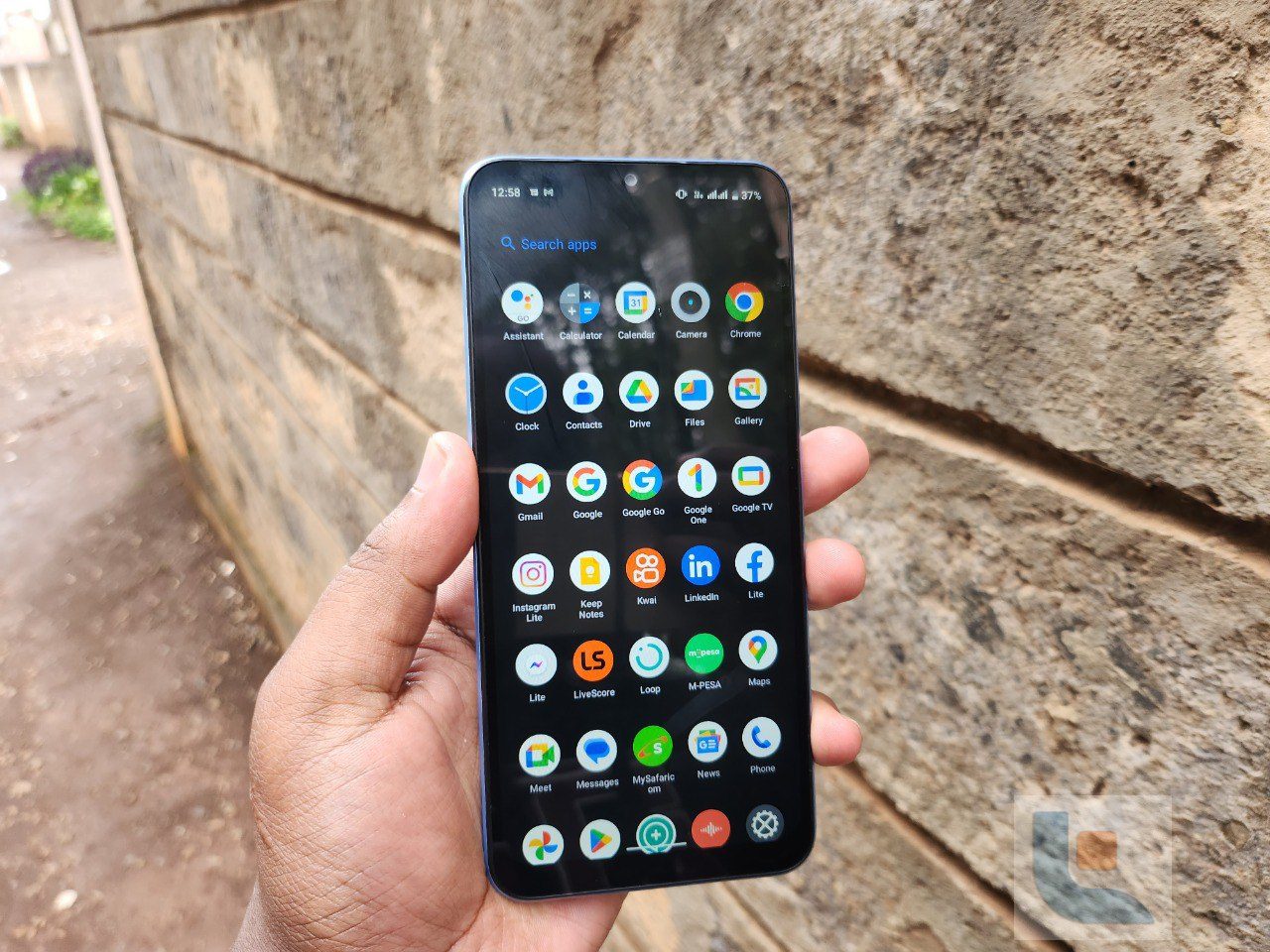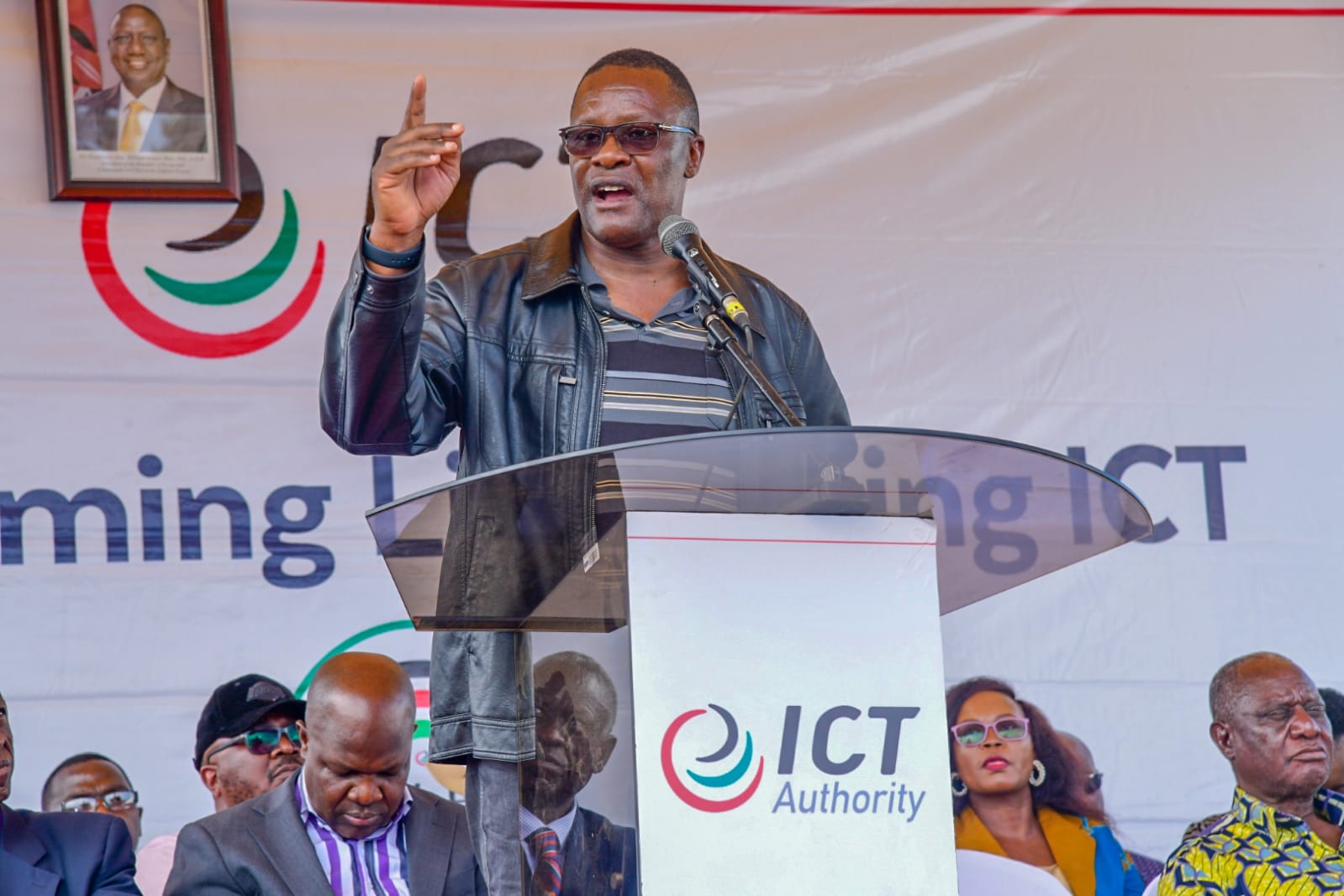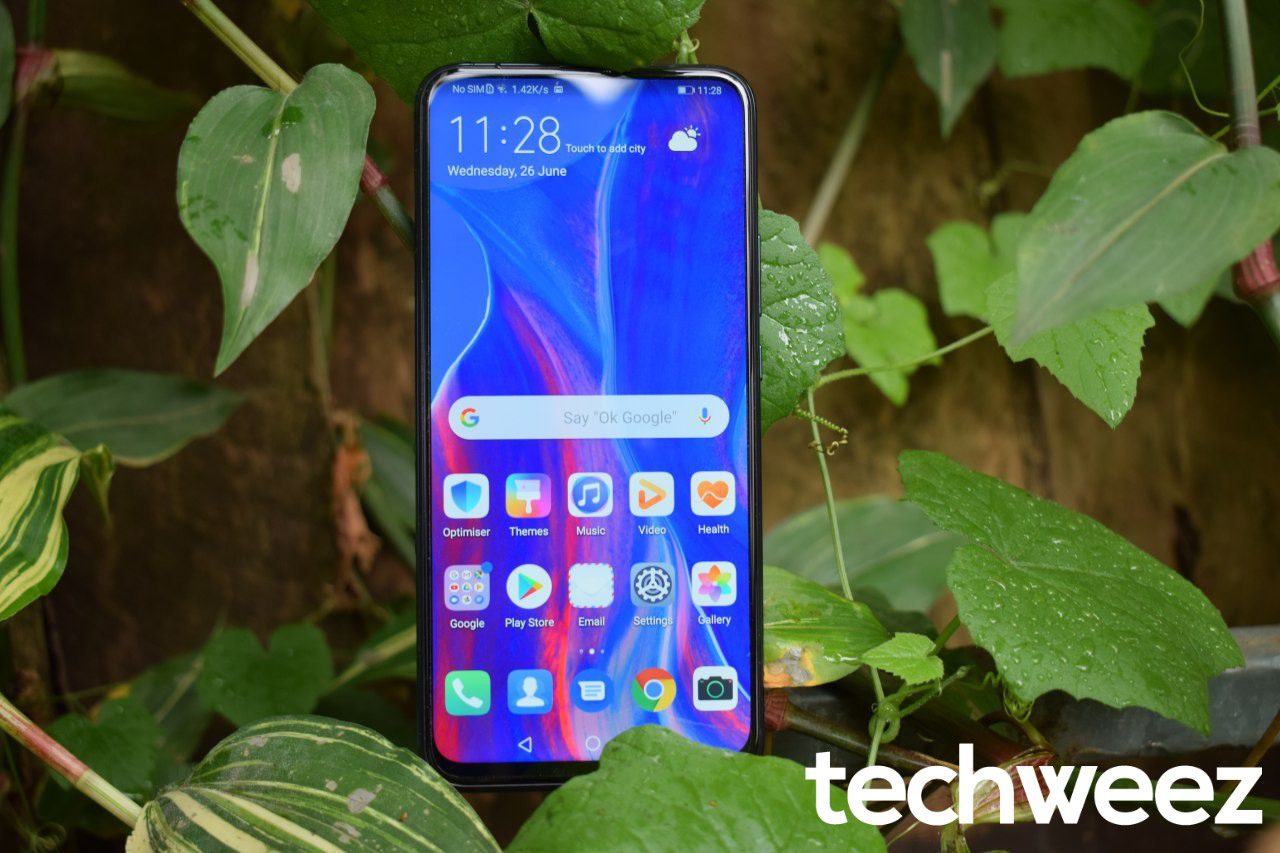
You can get a smartphone from basically any price bracket. Cheaper phones usually have basic specs and expensive phones have relatively better specifications. However, hanks to the law of diminishing returns, the value of what you’re paying for decreases as you get a more expensive phone.
This is why I believe there is a sweet spot in the Kenyan smartphone buying scene. It is the sub-bracket that I’ve experienced to offer the best value for people looking for a smartphone. This is the Kshs 20,000- Kshs 25,000 price bracket.
The first question I’ll be asked is: “Hold up, wait, that is expensive for me.”I do understand. But wait, I need to make my case.
First of all, a little back story. The smartphone industry has matured in an interesting way over the years. We had two distinct categories before: smartphones and feature phones. Smartphones were expensive and could only be bought by a few.
Over time, smartphones started becoming cheaper. Feature phones started dying out. Manufacturers started populating the price categories with cheaper phones while their flagships continued to be expensive. Such features like USB C, 1080p screens, great battery life, lots of RAM and powerful processors were the reserve of the expensive phones.
Our scenario right now is having smartphones at different price categories, from sub Kshs 10,000 smartphones to smartphones that exceed Kshs 100,000.
In 2019, we have a very interesting scenario. On Android, flagship phones have OLED touch screens with 1080p resolution or greater, at least 6GB of RAM, 128GB of internal storage, USB Type C ports, powerful processors and stereo speakers.
However, this has led to former ‘flagship level’ specs to trickle down to the 20-25k market. This is the main reason I say that this has become the sweet spot for price and the features you are getting.
At this price range, you get such features like:
- 1080p screens
- Relatively powerful processors like the Kirin 710 which benchmarks quite well
- 4GB of RAM
- 64GB or 128GB of internal storage
- USB Type C
- Premium builds like glass metal sandwich that we see in flagship phones
- Good enough cameras and the inclusion of such features like wide angle cameras
- A number of devices have 4000mAh batteries which result into great battery life
- Some also have features we saw in more expensive devices like pop up cameras.
A great example to use is the Huawei Y9 Prime 2019 that I have been using for the past few weeks or so. This phone is the quintessential reason why the 20-25K price bracket for smartphones has become so good lately.

The phone has a good 1080p screen, 4GB of RAM, 128GB of internal storage, a fast Kirin 710F processor, USB type C port and a 4000mAh battery. It also adds a motorized pop up camera, surprisingly decent main camera and the inclusion of a wide angle camera that is incredibly useful in some situations.
Also in this range, you will see other great smartphones like the Huawei P30 Lite, Huawei Y9 2019, Nokia 6.1 Plus, Nokia 7.1, Xiaomi Redmi Note 7 and many more.
The reason why to upgrade to a phone on this bracket
To drive the home further, let me show you a comparison between two phones: The Y9 Prime 2019 and the Y7 Prime 2019. The Y9 Prime is around 25K and the Y7 Prime is around 18K.

What are you getting more with the Y9 Prime for an additional 7K? Well, you are getting:
- A sharper screen (1080p vs 720p)
- 33% more RAM (4GB vs 3GB RAM)
- 400% more internal storage (128GB vs 32GB)
- The newer USB type C over the older micro-USB connector
- Way more powerful processor that is 100% more powerful in single core tasks and over 40% more powerful in multi-core tasks
- Better main shooter (quite noticeable)
- A wide angle lens
- Selfie camera that pops up unlike the traditional one on the Y7 Prime.
- Better screen to body ratio
The jump from the 17K phone (in this case the Y7 Prime 2019) to the Y9 Prime 2019 is pretty huge and you are damn well getting more for your money.
It is rare to see such huge jumps when you compare phones between other price brackets. Like for example, the main jump between phones in the 60K price bracket (OnePlus for example) and flagships like the Galaxy S10 (around 90K) is pretty small and is limited to wireless charging capability, stereo speakers and the camera quality. They share the same pretty fast UFS2.1 storage and storage capacities, same top tier processors (Snapdragon 855) and almost similar build quality.
On the low end, the difference between a 10K phone and the one at is 17K is also not that massive. The main differences are more RAM (1GB/2GB vs 3GB), a slightly powerful processor and more internal storage (32GB instead of 16GB). They share features like 720p screens, micro-USB ports and similar cameras with 2MP depth sensors.
Who is this article for
This article is for that consumer who has money for a 17K phone, but is also contemplating to spend a bit more for a much better phone.
With Kes 17,000, you can get a pretty good smartphones (like the Y7 Prime 2019) which will get the job done. However for a minimum of Kes 3,000, you can get a smartphone like the Y9 2019 or the Nokia 6.1 Plus or the Nokia 7.1 Plus which are pretty good and upto 7K more, the person might score a great deal with the Xiaomi Redmi Note 7 or the Huawei Y9 Prime 2019.
We are lucky to have such great phones at this ‘mid-tier’ price bracket and I hope that such features trickle down to even cheaper devices in the coming years.
